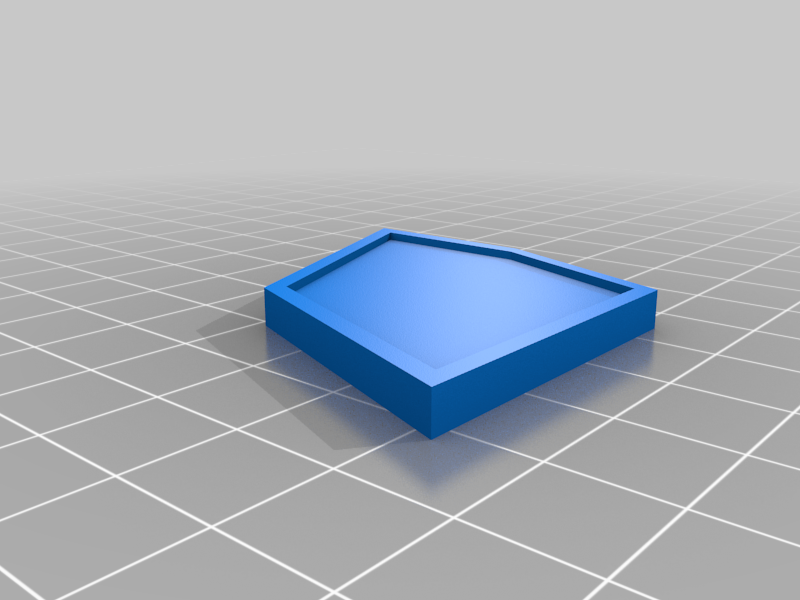
Pentagon Tile Type 1
thingiverse
These tiles were made for Math 401: Mathematics through 3D Printing at George Mason University under Dr. Evelyn Sander (Fall 2021). The purpose of this project is to understand and design the various shapes and pattern of pentagonal tiling and its group. Pentagon tiling is one of the oldest mathematical problems that got many interests in the scientific community. The question was which other types or forms of pentagon that could tile the plane. It has been proved recently in 2015 that there are exactly 15 types of convex pentagonal tiles that could do so. This pentagon tiling belongs to group 1 that was discovered by Reinhardt in 1918. This group is one of the first five tiles that could create isohedral tiling. This type 1 pentagon tile has a 2-tile primitive unit that could get repeated to tile the plane. It is stacked vertically and can be expanded in a horizontal direction in an infinite manner. The scale of this tile was around 36mm and 4mm thick. The required/recommended scale was around 40mm but it was limited due to amount of time I had. The AA and BB angles are 110 and 160 degrees where b, c, and e sides were modified and kept between 0 and 2. The pentagon was coded using cosine and sine function that inputs AA, BB, b, c, and e values. Echo and linear extrude commands were used to visualize the pentagonal points and produce 3 dimensional transformation on the 2D shape. These 3D printed tiles were made using MakerBot Replicator 3D-Printer that took approximately 4 hours and 30 minutes to finish. Blue PLA filament was uses and a raft support option was selected and deposited onto the build plate to ensure and provide support to the model. The sample code of group 1 tile was given to make modification and optional decorations. The software used for the project is OpenSCAD. The surface of the tiles was produced by creating identical pentagonal tile that is smaller by 4 units of scaling, centered position, and translated in z-direction approximately to difference from the original pentagon. Overall, the tiles came out great and they fit very well. Offset command was not needed for this configuration because the pentagonal tiles guarantee that it would tile the plane. As Pentagonal tilings problem has been solved by the community, we would be able to see more tiling designs and application of symmetry and object transformations to evolve tessellation concepts. https://phys.org/news/2017-09-pentagonal-tiles.html
With this file you will be able to print Pentagon Tile Type 1 with your 3D printer. Click on the button and save the file on your computer to work, edit or customize your design. You can also find more 3D designs for printers on Pentagon Tile Type 1.
